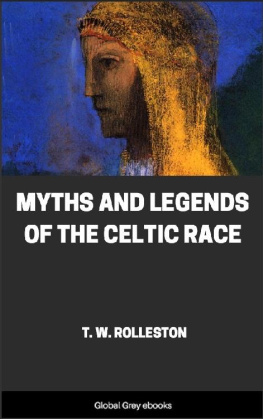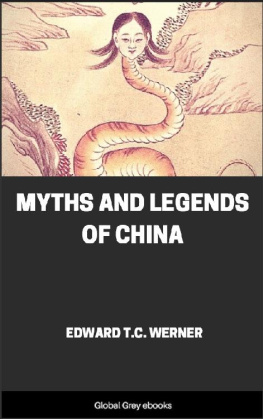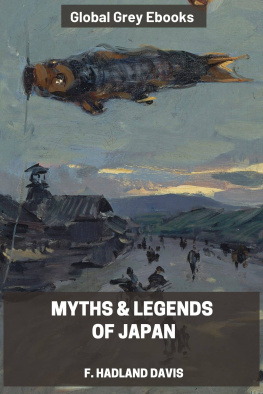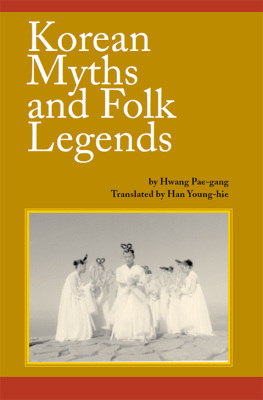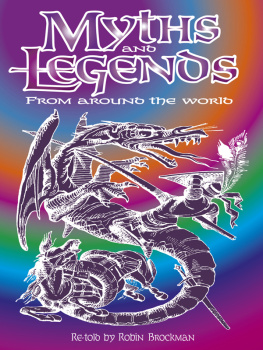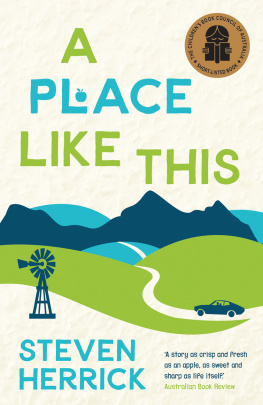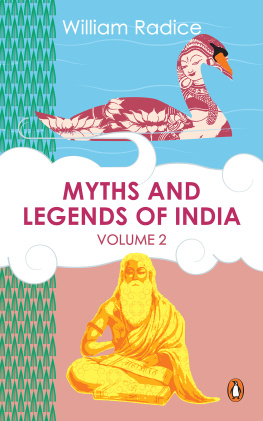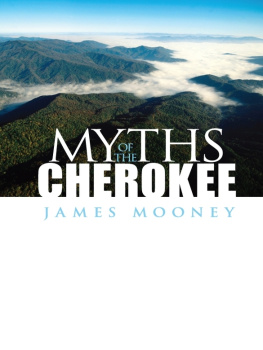Myths and Legends
of Christmastide
BY
Bertha F. Herrick
San Francisco
Printed by the Stanley-Taylor Company
1901
The following article originally appeared in one of the Christmas editions of the San Francisco Chronicle and is now reprinted by permission from that journal.
Myths and Legends of
Christmastide
Lo! now is come our joyful'st feast,
Let every man be jolly.
Each room with ivy leaves is drest,
And every post with holly.
Now all our neighbors' chimneys smoke,
And Christmas blocks are burning;
Their ovens they with bak't meats choke,
And all their spits are turning.
The celebration of Christmas, which was considered by the Puritans to be idolatrous, has for many centuries been so universal that it may prove of interest to contrast the rites, ceremonies and quaint beliefs of foreign lands with those of matter-of-fact America.
Many curious customs live only in tradition; but it is surprising to find what singular superstitions still exist among credulous classes, even in the light of the twentieth century.
In certain parts of England the peasantry formerly asserted that, on the anniversary of the Nativity, oxen knelt in their stalls at midnight,the supposed hour of Christ's birth; while in other localities bees were said to sing in their hives and subterranean bells to ring a merry peal.
According to legends of ancient Britain cocks crew lustily all night on December 24th to scare away witches and evil spirits, and in Bavaria some of the countrymen made frequent and apparently aimless trips in their sledges to cause the hemp to grow thick and tall.
In many lands there is still expressed the beautiful sentiment that the gates of heaven stand wide open on Christmas Eve, and that he whose soul takes flight during its hallowed hours arrives straightway at the throne of grace.
A time-honored custom in Norway and Sweden is that of fastening a sheaf of wheat to a long pole on the barn or house-top, for the wild birds' holiday cheer; and in Holland the young men of the towns sometimes bear a large silver star through the snowy streets, collecting alms from pedestrians for the helpless or the aged sick.
Russia has no Santa Claus or Christmas tree, although the festival is celebrated by church services and by ceremonies similar to those of our Hallowe'en.
In some of the villages in Wales a Christmas pudding is boiled for each of the disciples, with the exception of Judas, and in the rural districts of Scotland bread baked on Christmas Eve is said to indefinitely retain its freshness.
The Fatherland is the home of the Christmas tree, which is thought to be symbolical of the Tree of the Knowledge of Good and Evil, in the Garden of Eden; and candles were first used to typify the power of Christianity over the darkness of paganism, being sometimes arranged in triangular form to represent the Trinity.
Pines and firs being unattainable in the tropical islands of the Pacific, the white residents sometimes cut down a fruit tree, such as an orange or a guava, or actually manufacture a tree from wood, covering the bare, stiff boughs with clinging vines of evergreen.
In the Holy Land at this season the place of greatest interest is naturally the Church of the Nativity at Bethlehem, erected on the supposed location where Christ was born. It is said to be the oldest Christian church in existence, having been built more than fifteen centuries ago by the Empress Helena, mother of Constantine. Repairs were made later by Edward IV of England; but it is now again fast falling into decay. The roof was originally composed of cedar of Lebanon and the walls were studded with precious jewels, while numerous lamps of silver and gold were suspended from the rafters. The Greeks, Latins and Armenians now claim joint possession of the structure, and jealously guard its sacred precincts. Immediately beneath the nave of the cathedral is a commodious marble chamber, constructed over the spot where the far-famed stable was said to have stood and reached by a flight of stone steps, worn smooth by the tread and kisses of multitudes of worshippers. The manger is represented by a marble slab a couple of feet in height, decorated with tinsel and blue satin and marked at the head with a chiseled star, bearing above it the inscription in Latin, Here was Jesus Christ born of the Virgin Mary. At the foot are several altars, on which incense is ever kept burning and from which mass is conducted, while a score of hanging lamps shed a fitful light over the apartment.
Many theories have been advanced as to the explanation of the mysterious Star in the East which guided the wondering shepherds, but it is now thought to have been Venus at the height of its splendor.
The early Christians decorated their churches with evergreens out of respect to the passage of Scripture in IsaiahThe glory of Lebanon shall come unto thee; the fir tree, the pine tree and the box together to beautify the place of my sanctuaryand the pagans believed them to be omens of good, as the spirits of the woods remained in their branches.
Holly is known in Germany and Scandinavia as Christ's thorn, and is emblematic everywhere of cheerfulness, forgiveness, peace on earth and good will to men.
The oak mistletoe or missel was held in high veneration by the ancient Druids, who, regarding its parasitic character as a miracle and its evergreen nature as a symbol of immortality, worshipped it in their temples and used it as a panacea for the physical ailments of their followers. When the moon was six days old, the bunches were ceremoniously cut with a golden sickle, by the chief priest of the order and received with care into the spotless robes of one of the company, for if they fell to the unholy ground, their virtues were considered lost.
Then, crowned with oak leaves and singing songs of thanksgiving, they bore the branches in solemn procession to the altars, where two white oxen were sacrificed to the gods.
The custom of kissing under the mistletoe dates back to the days of Scandinavian mythology, when the god of darkness shot his rival, the immortal Apollo of the North, with an arrow made from its boughs. But the supposed victim being miraculously restored to life, the mistletoe was given into the keeping of the goddess of affection, as a symbol of love and not of death, to those who passed beneath it. A berry was required to be picked with every kiss and presented to the maiden as a sign of good fortune, the privilege ceasing when all the berries were gathered.
One of the most beautiful legends of the Black Forest, in Germany, is that of the origin of the chrysanthemum, or Christ-flower. On a dark, stormy Christmas Eve a poor charcoal-burner was wending his way homeward through the deep snow-drifts under the pine trees, with a loaf of coarse black bread and a piece of goat's-milk cheese as contributions to the holiday cheer. Suddenly, during a brief lull in the tempest, he heard a low, wailing cry, and, searching patiently, at length discovered a benumbed and half-clad child, but little more than an infant in years or size. Wrapping him snugly in his cloak, he hurried onward toward the humble cottage from which rays of light streamed cheerfully through the uncurtained windows. The good hausmutter sat before the fire with her little ones anxiously awaiting her husband's return; and when the poor, frozen waif was placed upon her knee, her heart overflowed with compassion, and before long he was comfortably warmed and fed, while the children vied with each other in displaying the attractions of the pretty fir tree, with its tiny colored tapers and paper ornaments.




